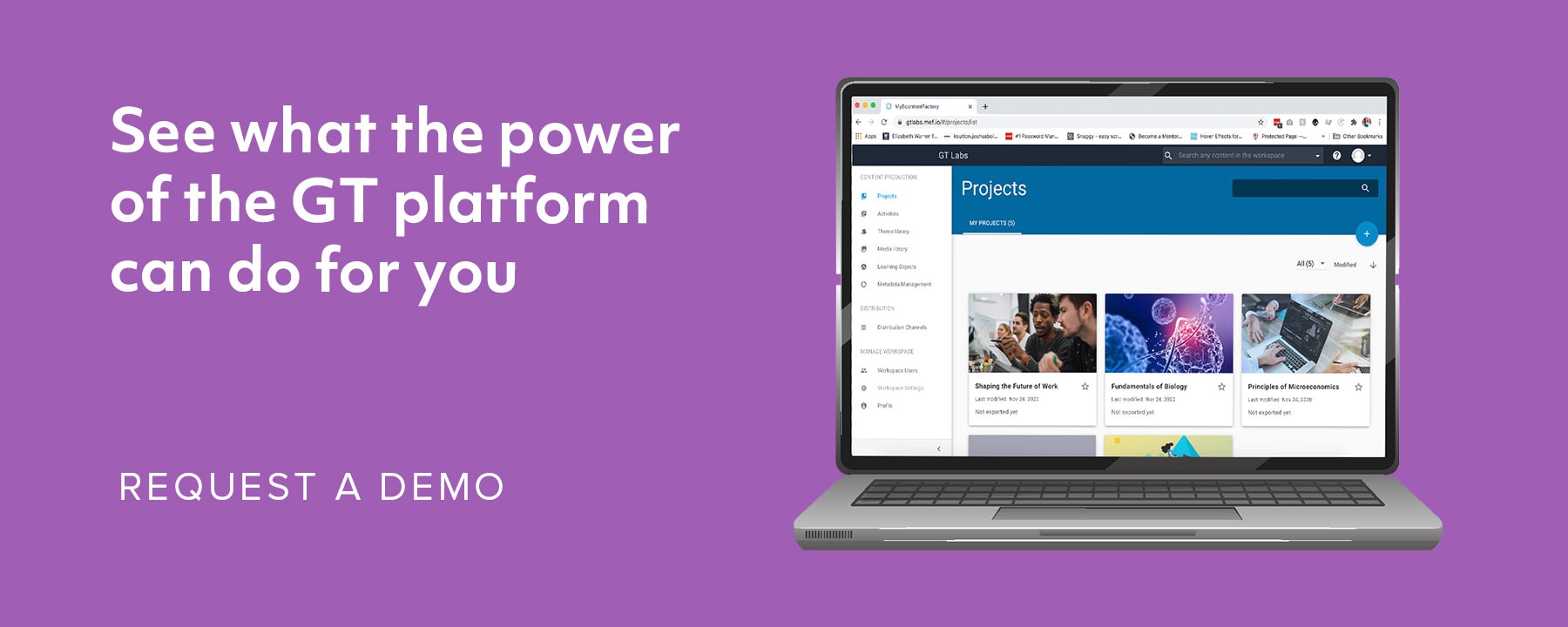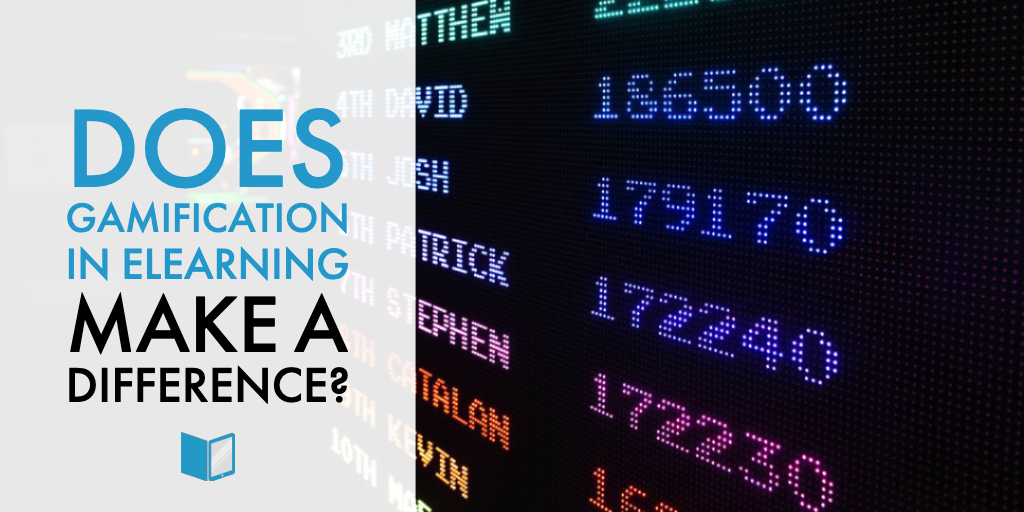There’s a lot to be said for gamification. For starters, it’s become a buzz word across a variety of industries - everyone from health and fitness companies to car manufacturers have found ways to gamify their products. And yes, even education - across traditional and eLearning methods - has been gamified.
Creating gamified eLearning courses can provide a huge boost to your content and your learners’ experience by making them more interactive and perhaps even entertaining (that’s of course a subjective conclusion).
But does it actually make a difference? Let’s find out.
What Is Gamification?
Gamification doesn’t necessarily mean creating a game out of your content, but rather capitalizing on people’s competitive and social nature to help achieve a goal.
For example, your learners aren’t going to go through a module as if they’re playing a video game, gaining information as it appears in characters’ thought bubbles (although that’s certainly one route to take). Instead, it’s most likely that you’ll have designed a course that requires your learners to complete their courses with a quiz at the end. Their quiz scores will then translate to points and a spot on a public scoreboard. Or perhaps the goal will be to complete challenges and tasks - in real life or via the learning module - that earn points to land on that same leaderboard.
Are There Any Drawbacks?
Gamification, for all of its benefits (which we’ll discuss in a bit), has been a hotly debated topic in the field of education - both traditional and corporate. Skeptics posit that gamification doesn’t necessarily add anything to the learning experience and that the “fun” aspects may negate any learning. There are some that feel that focusing on competition, game-play and socialization ultimately pull the focus away from the material being learned and may be a distraction.
This, however, remains a matter of opinion. In fact, research shows that gamification can actually be a very useful tool in helping learners to retain information.
What Are the Benefits?
As mentioned above, one of the keys that makes gamification work is that it takes advantage of your learners’ competitive and social nature. It also provides them with a sense of achievement - the grownup equivalent of a shiny gold star on the classroom list.
When learners have to complete courses as part of their job duties, they will. But being able to make the experience rewarding, engaging, and yes - even entertaining - is always a bonus. And that’s not all!
One of the most interesting benefits of gamification is that it adds something familiar (and dare we say, comforting?) to the workplace for many learners. Here’s what we mean:
According to Jane McGonical, game designer and author of Reality is Broken, the average young person will spend over 10,000 hours immersed in online gaming by 21 years of age, which is before they’ve even hit the corporate workforce. Some quick math tells us that’s over one year of gaming throughout their lives. That’s a pretty significant number! If learners are already that comfortable and familiar with gaming in their free time, it stands to reason that adding it to their educational world can only help. eLearning Industry says that gamification also helps learners retain information by providing them with instant feedback on what they should - or shouldn’t - be focusing on. For example, when a learner is moving through a gamified module and using the knowledge they’ve just acquired to progress further, they’ll be able to know if they’re focusing on the “right” information by seeing if they’re able to continue forward.
So, Does Gamification Really Make a Difference?
Yes! Gamified eLearning creates an engaging learning experience and increases retention. Remember, learning isn’t a single process that happens within the brain - it’s a multi-step system that leads to long-term retention. According to The Ed Advocate:
"New information is lost unless it is stored in our long-term memory through a multi-layered process involving attention, perception, selection, organization and integration of information. The first relay of new data is in our working memory, which can handle only a small amount of information at a time. [George A. Miller of Harvard University's Department of Psychology] has suggested that the human brain can process seven pieces of information at one time, which will be lost in 20 seconds if not further processed to reach long-term memory.
The brain processes information in the working memory using two channels—visual and auditory. When information is presented using both channels, the brain, i.e. working memory, can accommodate more new information. However, information overload which may hinder the integration of the new information into long-term memory. Therefore, small chunks of information need to be presented in an organized fashion. This allows the brain to integrate and organize new information to existing schemas in our long-term memory."
To summarize this quote, gamification is a perfect example of a process that allows small pieces of information to be presented in an organized fashion. In an ideal sequence, the learner will be presented with the information and then in relatively short order be presented with a scenario where they must recall that information. This allows them to immediately begin processing it to reach long-term memory. From there, as the module and game builds on itself, the learners are required to consider the previous pieces of information they’ve learned while recalling the new information, which will help to further cement the overall knowledge into their long-term memory.
Are you ready to create a gamified learning experience to help your learners retain and engage with their source material? 






Leave a comment